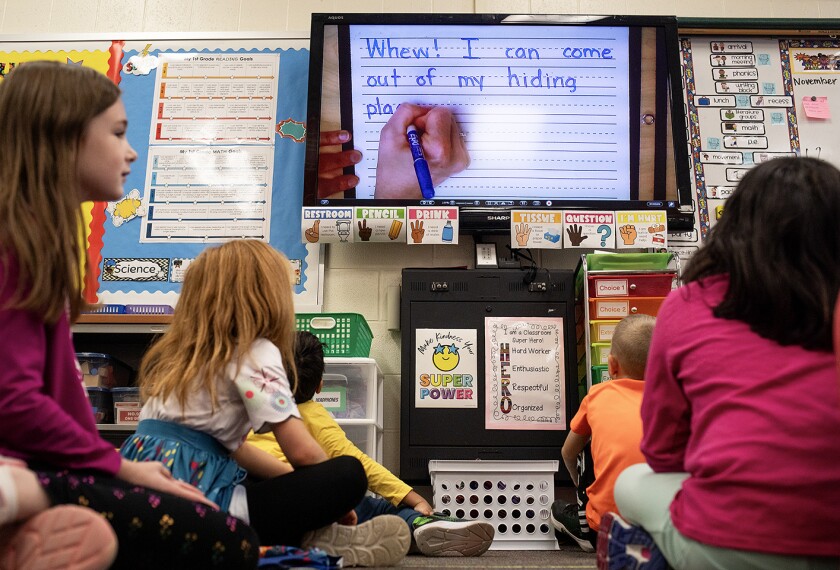An educational ratings system for digital content announced about a year ago has debuted with listings for more than 150 mobile apps, games, and websites, and several hundred more are expected to follow, according to a press release from Common Sense Media.
The system, created by the San Francisco-based youth media-watchdog group through a partnership with the Chicago-based Susan Crown Exchange, piggybacks on Common Sense Media’s system of reviewing media in popular culture to determine age appropriateness and quality.
Just as current reviews of movies and video games, for example, assess levels of violence, sexual content, and language, the new reviews will also determine products’ levels of math, science, and language arts content, as well as their potential for building skills like critical thinking, creativity, and collaboration. The endeavor comes partly in response to research by Common Sense Media that found parents were skeptical of digital products’ educational claims, according to the release.
The ratings are created through a combination of input from academic experts, teachers, parents, and literature on contemporary learning skills, the release says. They will be applied both to digital media created for general consumption and to media created specifically for an educational audience.




